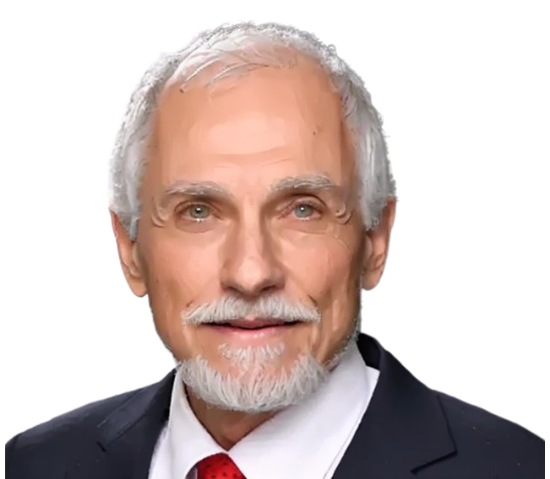CATHERINE, the Duchess of Cambridge, is a hypnobirther who used self-hypnosis and visual imagery during labour, resulting in an easy birth and speedy recovery.
HypnoBirthing International vice-president Vivian Keeler said the royal couple used the program for their first two births as well.
HypnoBirthing International Australian faculty member Anthea Thomas said the birthing technique would explain Catherine’s relaxed appearance so soon after her son’s birth. The royal couple is reported to have had 5 hypnosis sessions to condition the ability to use self-hypnosis in the birthing.
During pregnancy, Kate learned how to visualize the birth she wanted and how to breathe the baby down in mother-directed birth. Self-hypnosis is practiced so the mother knows how to calm herself. Many experts believe that a calm birth experience helps children to grow up to be calm as adults.
Nervousness creates tension and tension creates and magnifies pain and lengthens labor. When someone is hypnotized to a state of deep mental and physical relaxation, that enables the hypnotized person to intensely focus on positive thoughts and feelings, thereby blocking outside distractions. When in hypnosis, the person’s mind is open to positive instructions to change negative beliefs and unhealthy habits or behaviors. Fear and expectations of pain are replaced with confident expectations of a safe, pleasant and even comfortable birth.
Hypnotists worldwide teach women how to use self-hypnosis while they are in labor to help them through the pain and unexpectedness that can arise with childbirth. You can use hypnosis and powerful visualizations to help you to achieve most any realistic goal.
Using hypnosis in surgery usually results in a much faster recovery, using less anesthetic or none at all. Some people will die if they are given an anesthetic. Dr. Jack Gibson in Ireland hypnotized over 4000 people for both minor and major surgeries. Even heart and brain operations have taken place with just hypnosis as the sole anesthetic technique. Hypnosis has been used in wars on the battlefield when there was no anesthetic available.
